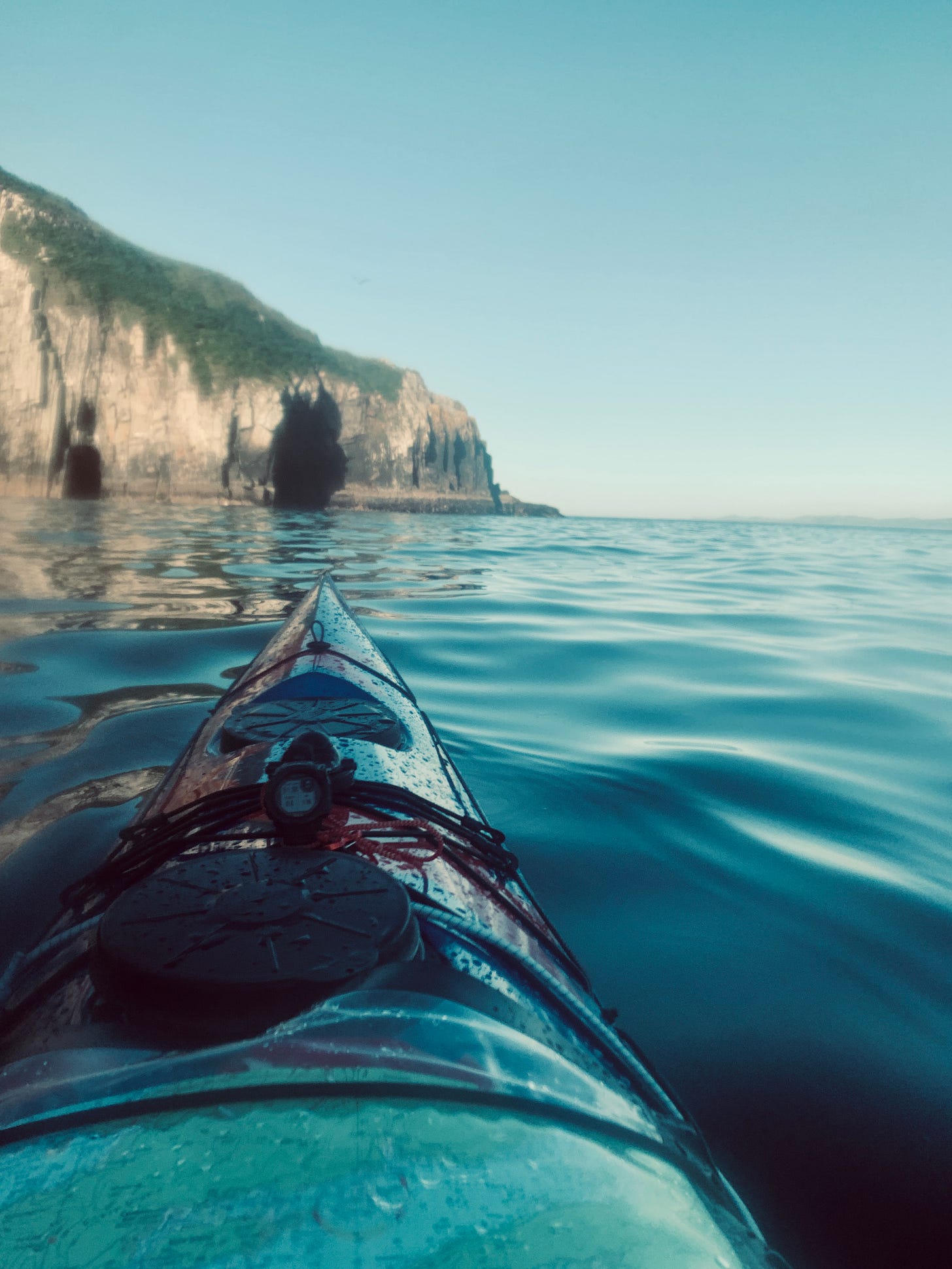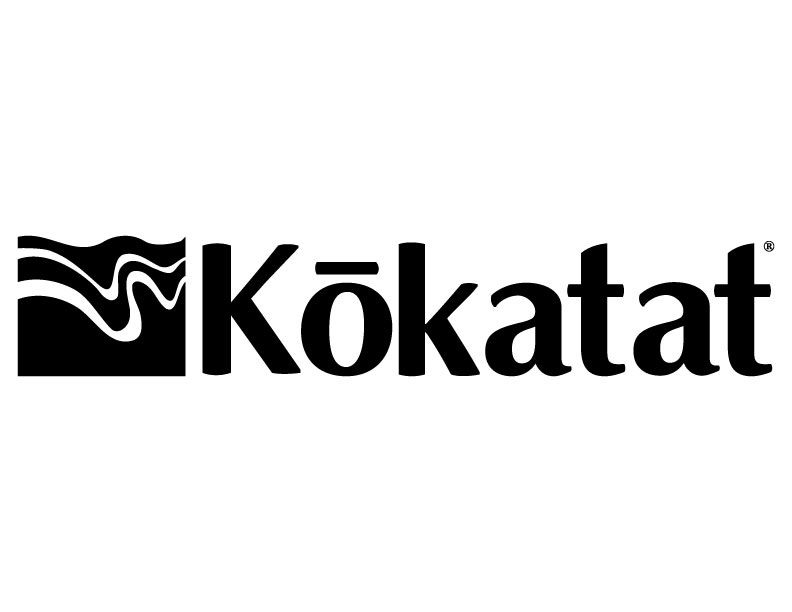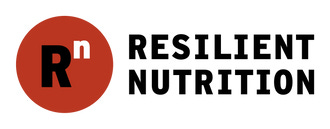Commitment
The Lap no. 11 - D-Day -10 Months
Ireland’s dramatic sea cliffs and jagged headlands are major tourist attractions. Over a million people visit the Cliffs of Moher every year—and they’re not even Ireland’s highest sea cliffs.
These features are part of what makes paddling all the way around the island so challenging. Long stretches of the Irish coast offer no landing spots over distances that take hours to cover in a kayak. Even the occasional stone beach might be inaccessible from land due to the cliffs overhead and from water due to pounding surf.
By contrast, if you were to kayak around Florida—just slightly farther than a Lap around Ireland—and you got into trouble, you could just land on any beach. You might get tumbled in the surf, but you could always get off the water.
To further complicate travel along sea cliffs, waves have a tendency to rebound off the cliff, and back out to sea, generating turbulence—a phenomenon known as “clapotis.” Some round-Ireland kayakers have reported having to paddle over a mile offshore to find smoother waters, further increasing their isolation and exposure.
No exit
Commitment means the only way off the water is to get where you’re going or to the nearest safe landing. After weather, commitment is probably the most critical factor when planning a trip. It’s what dictates your risk tolerance and safety margin.
Conditions that would be no big deal in sheltered waters might be unacceptably risky for a committed open crossing. When the forecast looks sketchy, you have to know where you’ll be when conditions are expected to change and how much time that gives you to find shelter.
Getting this equation right can help you put miles behind you before a weather window closes. Getting it wrong can mean getting caught out somewhere you don’t want to be.

I’m lucky to live on one of the most committing sections of the route around Ireland. A perfect training ground. On either side of Bantry Bay, getting to shelter by kayak involves exposed crossings that take the better part of a day.
From where I live to the open Atlantic, there are only a few places to land. So, I don’t have to travel to the Cliffs of Moher. There are smaller, but still imposing, sea cliffs that make my pre-work paddles fairly committing.
Ireland ☘️ vs. Florida 🐊
Committing sections make paddling exciting. An open crossing to a tiny island is the ultimate act of trust in your boat and your skills. There’s nothing like high sea cliffs over open water to make you feel totally insignificant compared to nature and the timescale that shapes a coastline.
A sandy coast is boring in a way that gets in your head. You can stop at any time, so why not just stop?
Thanks for reading,
-Charlie
Thank you to Mike Jones for coaching and guidance.
Kokatat is the official gear sponsor of The Lap.
The lap will be fueled by Resilient Nutrition’s Long Range Fuel and bars.
Expedition coffee by 3fe.




